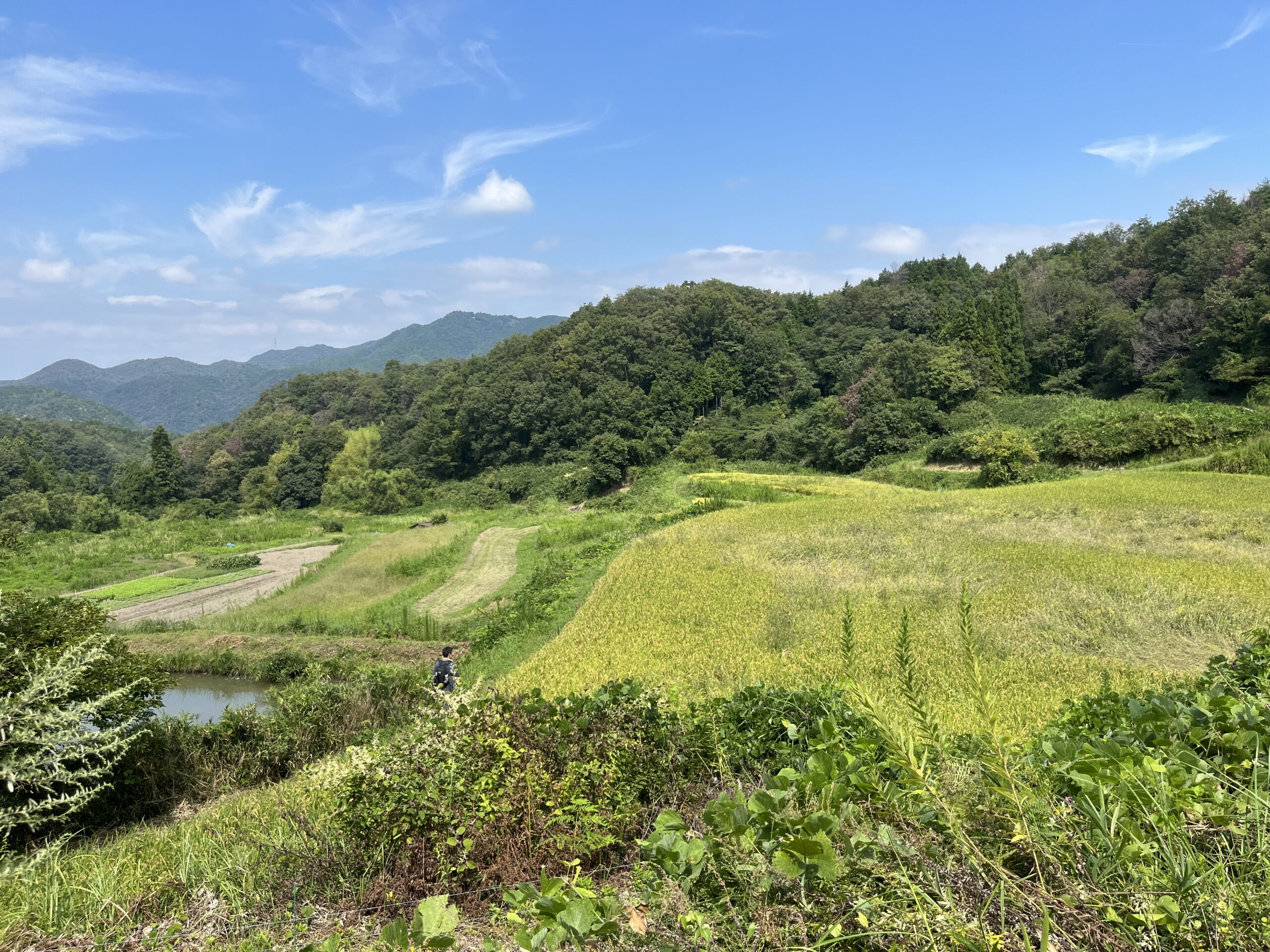The Biotopes of Kobe and Toyota, Japan: Urban Lessons from Satoyama (border lands) and Wetlands
Co-Authors: Kobe City and Toyota City (translation by ICLEI Japan)
Why “Biotopes” are important in urban areas
Satoyama – the Japanese term for the border zone or area between mountain foothills and arable flat land – and wetlands are valuable ecosystems that are home to a diverse range of living organisms. They used to be closely linked to people’s daily lives. However, rapid urbanization and changing lifestyles have led to a significant decline in the connection between people and these vital ecosystems, Satoyama and wetlands, posing a major challenge.
Nevertheless, environmental awareness has increased with the adoption of Agenda 21 at the 1992 Earth Summit. Around that time, the concept of “biotopes” was introduced in Germany, and efforts to conserve and restore ecosystems became widespread in large cities. A biotope is a space inhabited by living organisms, which can also help mitigate climate change through ecosystem functioning. Biotope Areas serve as outdoor classrooms for CEPA (Communication, Education and Public Awareness) and provide people with stunning landscapes for healing.
You can learn case studies from Kobe City and Toyota City, which incorporate biotopes into the conservation of Satoyama and wetlands.
1. Showcasing the value of the Satoyama in Kobe City
Satoyama can encompass various environments such as rice paddies or terraces, fields, forests, reservoirs, and grasslands. In the past, people maintained these diverse environments by working with nature through agriculture and using fuelwood. However, due to lifestyle changes, the use of Satoyama has decreased, and the area has become increasingly degraded.
Kobe City’s Satoyama is close to the metropolis, and many residents would be interested to know its value, learn about it, and create momentum for its revitalization. Therefore, the KOBE Satoyama SDGs Strategy was formulated in January 2023 and initiatives based on this strategy, such as the conservation, management, and use of Satoyama and biodiversity conservation, are being promoted throughout the city.
With this background, students, residents’ groups, universities, and others work together in the Satoyama in Kobe to utilize abandoned farmland, maintain forests, and conduct biological surveys of the rare Setouchi Salamander (Hynobius Setouchi) and plants between rice paddies. The national government has certified approximately 180 hectare there as a nature symbiosis site and will register it in the World Database on OECMs.
In addition, biotopes are promoted as places for the conservation of rare species, for environmental education, and for the creation of continuous ecosystems in towns and other areas. In some public facilities, biotopes have been set up for the ex-situ conservation of Japanese pond turtles (Mauremys japonica) and Denjisou (Marsilea quadrifolia L). Moreover, to ensure that biotopes are truly beneficial to the local ecosystem, Kobe City recognizes the necessity of expert knowledge. Understanding the local flora and fauna, their habitats and nurturing environments, and their maintenance and management is crucial. In this regard, Kobe City is committed to providing support, including the dispatch of experts, to enhance the ecological friendliness of their biotopes.

2. Wise Use of the Tokai Hilly Land Spring-fed Mires in Toyota City
The Tokai Hilly Land Spring-fed Mires is a Ramsar Site under the Convention on Wetlands (registered on 3 July 2012) comprising the ‘Yanami Wetland’, ‘Kamitaka Wetland’ and ‘Onshinji Wetland’, located in the hills east to north-east of the central area of Toyota City.
Many plants have been identified in and around the wetlands, including rare species such as Mikawa Lousewort (Pedicularis resupinata L.var.microphylla Honda) and Shiratama hoshikusa (Eriocaulon nudicuspe), known as the ‘Tokai Hill Land Elements’, as well as a wide of variety of insects such as Hatcho Dragonflies (Nannophya pygmaea) and Hime Taikouchi (Nepa hoffmanni), making the area a symbol of Toyota City’s biodiversity.
Like “Satochi-Satoyama” (Satoyama landscape), the vegetation in wetlands is maintained through human interaction, and various local conservation groups regularly maintain observation paths and cut grass to prevent eutrophication of the wetlands.
Toyota City normally restricts access to the wetlands in order to conserve them and protect rare plants and animals, but the biotope is used as a place for environmental learning through observation events held by Toyota City Nature Sanctuary, an ecological learning facility in Toyota City, the annual open house of the Yanami wetlands in autumn, and conservation activities and observation events by the wetland learning model schools.

Guiding the way – Lessons in urban harmony from Satoyama and wetlands
The urban examples of Satoyama and wetlands highlight valuable lessons for other megacities. They provide unique opportunities to reconnect with nature and witness its dynamic beauty. Furthermore, these protected areas on urban fringes serve as critical buffer zones, helping global warming effects such as heat waves and heatstroke.
At the G7 Summit held in the UK in June 2021, the G7 countries, including Japan, committed to a global mission to halt and restore biodiversity loss by 2030 in the G7 2030 Nature Compact. Similarly, the 15th Conference of the Parties to the Convention on Biological Diversity adopted 23 targets to achieve Nature Positive by the same year. The National Biodiversity Strategy (NBSAP), revised by the Japanese Ministry of the Environment, echoes these ambitions, setting clear targets for a Nature-Positive by 2030.
Cities like Kobe and Toyota exemplify proactive conservation efforts in striving to meet these goals. Kobe City, which spearheaded Urban7 in 2023, and Toyota City, known for its industrial cluster, are actively conserving biotopes to achieve their global targets. All local governments must follow suit, actively engage in international initiatives, and take decisive action to foster a ‘Nature Positive World’.
In conclusion, by learning from similar examples and committing to conservation efforts, we can pave the way for a sustainable and harmonious relationship between cities and nature. Let’s listen to these lessons and work collaboratively to ensure that our natural legacy is passed on to present and future generations.





